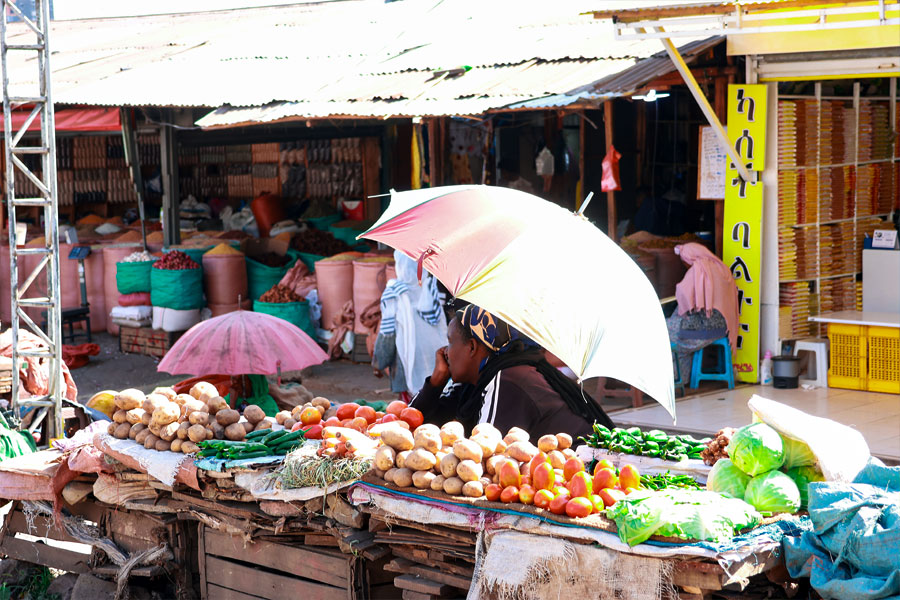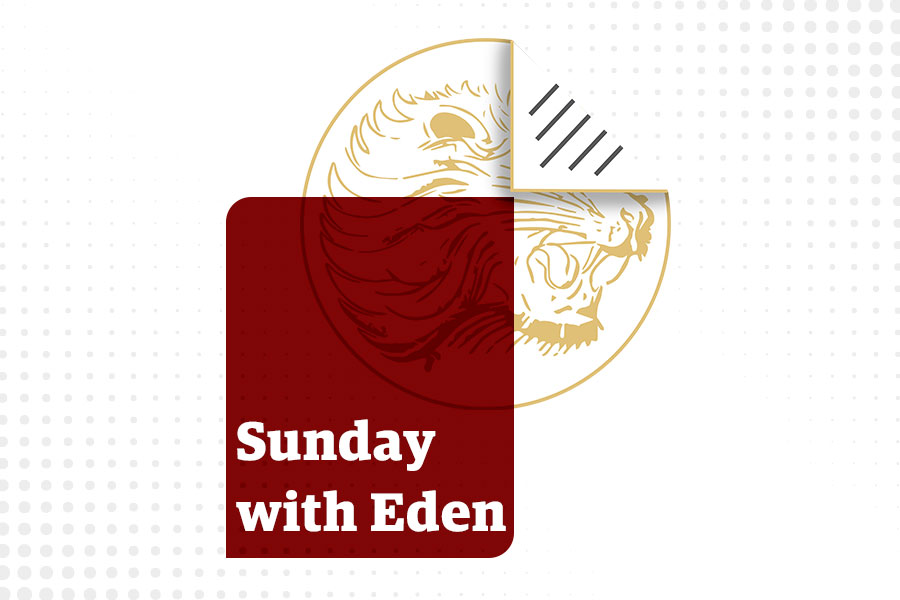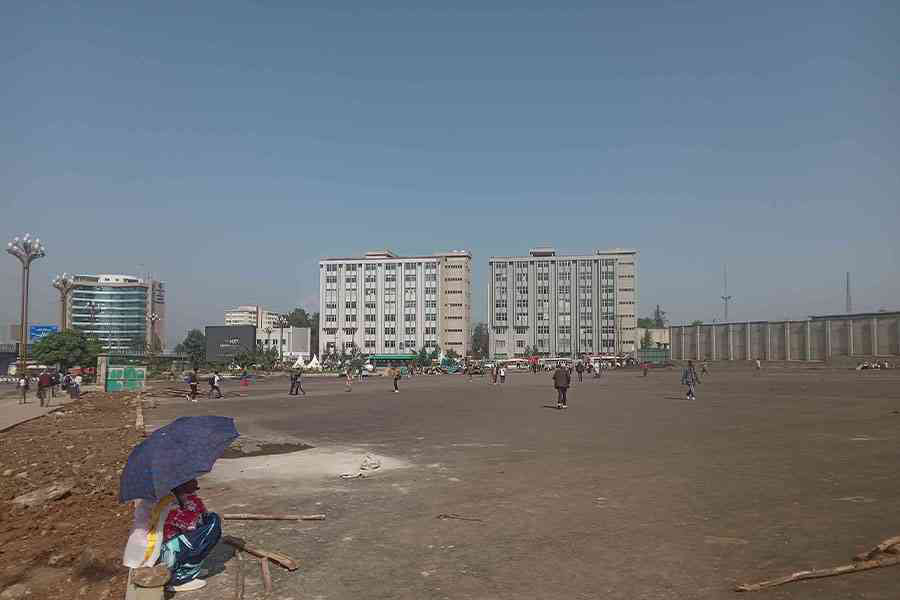
Advertorials | May 30,2025
Feb 19 , 2022
By Yehualashet Tamiru Tegegn
In the circulation of money and capital, there is a direct relationship between the surplus value produced by labour and the rate of exploitation, but there is an inverse relationship between surplus value and variable capital, writes Yehualashet Tamiru Tegegn (yehuala5779@gmail.com), a lawyer, consultant and researcher.
Within the history of human beings, capitalism is a very recent phenomenon. The view that it has always been around in some form is misleading. The tendency to portray capitalism as a natural occurrence is based on the unexamined but seemingly true presupposition that the principle of profit maximisation, which is one of the cardinal principles of capitalism, is universal and rational.
In reinforcing this, Adam Smith, the father of capitalism, stated in his book “An Inquiry into the Nature and Causes of the Wealth of Nations,” that “it’s the necessary, though very slow and gradual consequence of a certain propensity to truck, barter and exchange one thing for another.”
However, capitalism is a historically specific form of economic ideology and exploitation. Capitalism developed in the 18th century during the Industrial Revolution but had its root in the medieval period in Western Europe. During the medieval period, the most dominant form of social-economic ties was feudalism, where the peasants cultivated the land. The land was owned by a lordly figure as were much of the harvests, whereas the majority of the peasants had nothing but their labour to sell. The long-time relationship of the family working on their piece of land was broken once and for all, and each member of the family now has to go to the market to sell their labour and bring something to the family.
“He who owns the means by which I live owns my life,” once observed Donald Nally, the United Kingdom’s representative in the preparation of the European Union Convention on Human Rights.
Because of the disposition and enclosure of the commons from their land, the capitalists were fortunate enough to get a heads up commonly known as primitive accumulation. Gradually, this relationship gave way as surplus was created.
The circulation of commodities with the view to make a profit is one of the defining characteristics of capitalism. The first kind of circulation is M-C-M1, which is the transformation of money into commodities, and commodities back into money. The first money invested becomes worth more than what is invested. The second circulation in this process is C-M-C, which is commodity changing into money, which is used to buy commodities, commonly referred to as, “sell in order to buy.” In this circulation, the power of the labourers, who need their work for a matter of subsistence, are fragile compared to the power of the capitalist, who invests their money to create more wealth.
In the M-C-M circulation, the owners can hire machines, which have constant value as they cannot produce anything other than the value they were acquired for or invested, and the second groups are variable capital. The latter is that portion of the capital that is invested in wage labour. Labour is variable capital because it is the only thing capable of producing a new surplus value, beyond and above the necessary labour, which is the workers need to sell to keep themselves alive and the exact portion of wage paid for it. For Marxists, labour is a special commodity that is not only a source of value but also of more value than it has itself - which is the source of infinite surplus value.
In the circulation of money and capital, there is a direct relationship between the surplus value produced by labour and the rate of exploitation, but there is an inverse relationship between surplus value and variable capital. The more surplus means more exploitation of variable capital. The primitive accumulation followed by capital accumulation creates unemployment.
Karl Marx was of the opinion that unemployment, using his own term a “reserve army,” is both the critical aspect of capital accumulation and the results of primitive process.
“It is capital accumulation itself that constantly produces and produces in direct ratio of its own energy and extent, a relatively redundant population of laborers, [that is] a population of greater extent than suffices for the average needs of the self-expansion of capital, and therefore a surplus population,” he wrote in “Das Kapital.”
Setting aside the non-wage labour and lumpenproletariat, in a capitalist system of government, there are two kinds of workforce: active army of labour and reserve army of labour. The reserve armies of force are those workforces who are willing and able to work but were not able to sell their labour in the market. This group can be classified into three categories. The first and foremost one is the floating reserve workforce. This section of the unemployed workforce is temporarily unemployed yet actively searching for employment. The second category is stagnant reserve employees, which are permanently displaced from their work and not looking for jobs. The last yet important category is made of a latent reserve workforce which exist in traditional agricultural societies and at the margin of capitalism, do not directly participate.
A reserve army is a central point in capitalism. When the economy expands, the industry will look for possible employment from the reserve army. With the fierce competition between the capitalists to hire more working force, the pot of the reserve army will dry up and raise the wage of the workforce. As the wage increase, the net profit of the capitalists will be reduced, which in turn reduces investment and leads to alternate labour-saving mechanisms such as automation. This incident will create the reserve army once again and the cycle continues.
It is fascinating to note that the wage of an employee and the profit of the capitalists is dependent on the availability of the reserve army force. It plays a critical role in maintaining the rate of profit and wages. If there is a high level of reserved army, the salary for employees will be low since capitalists have many options out there.
The very nature of capitalism inevitably creates unemployment. The perfect economy, which is assumed by mainstream economists, does not exist in the real world. It is based on the assumption that the market is in a state of tranquil equilibrium and that everyone is a well-informed agent able to act rationally without a market barrier, either during the entry or exit point. What we have is real competition between firms to survive in the market as the capitalist themselves are market dependent. Firms use all kinds of tools to push others out of the market to win this competition.
This real competition in the long run creates concentration and centralisation of power by the bigger firms. By concentration, the surge of capital resulting from accumulation of capital was created because of surplus value of labour. Those small firms which the big firms have swallowed would be forced to lay off their active workforces and join the reserve army. The big firms could hire more people from the market but at much lower salaries as there are a number of reserve armies ready to be employed anytime.
Moreover, as concentration and centralisation of capital are in the hands of a few firms, these big firms threaten labour unions. If they form, there will be a struggle for less working hours, a more safe and healthy environment, and an increment of wages. This will reduce their competitive advantage and affect their profits. The organisation of labour will make wages inflexible. This is why Amazon, an American e-commerce giant, is invested in blocking the potential organisation of its employees.
PUBLISHED ON
Feb 19,2022 [ VOL
22 , NO
1138]


Advertorials | May 30,2025

Covid-19 | May 16,2020

Agenda | Dec 09,2023

Sunday with Eden | Nov 02,2024

Fortune News | Jan 13,2024

Commentaries | Oct 31,2020

Fortune News | Jan 15,2022

Viewpoints | Mar 26,2022

View From Arada | May 23,2021

Covid-19 | May 31,2020

Photo Gallery | 171752 Views | May 06,2019

Photo Gallery | 161989 Views | Apr 26,2019

Photo Gallery | 151735 Views | Oct 06,2021

My Opinion | 136319 Views | Aug 14,2021





Dec 22 , 2024 . By TIZITA SHEWAFERAW
Charged with transforming colossal state-owned enterprises into modern and competitiv...

Aug 18 , 2024 . By AKSAH ITALO
Although predictable Yonas Zerihun's job in the ride-hailing service is not immune to...

Jul 28 , 2024 . By TIZITA SHEWAFERAW
Unhabitual, perhaps too many, Samuel Gebreyohannes, 38, used to occasionally enjoy a couple of beers at breakfast. However, he recently swit...

Jul 13 , 2024 . By AKSAH ITALO
Investors who rely on tractors, trucks, and field vehicles for commuting, transporting commodities, and f...

Oct 4 , 2025
Eyob Tekalegn (PhD) had been in the Governor's chair for only weeks when, on Septembe...

Sep 27 , 2025
Four years into an experiment with “shock therapy” in education, the national moo...

Sep 20 , 2025
Getachew Reda's return to the national stage was always going to stir attention. Once...

Sep 13 , 2025
At its launch in Nairobi two years ago, the Africa Climate Summit was billed as the f...

Oct 5 , 2025 . By NAHOM AYELE
In Meqelle, a name long associated with industrial grit and regional pride is undergo...

Oct 5 , 2025 . By BEZAWIT HULUAGER
The federal government is set to roll out a new "motor vehicle circulation tax" in th...

Oct 5 , 2025 . By NAHOM AYELE
The Bank of Abyssinia is wrestling with the loss of a prime plot of land once leased...

Oct 5 , 2025 . By BEZAWIT HULUAGER
The Customs Commission has introduced new tariffs on a wide range of imported goods i...